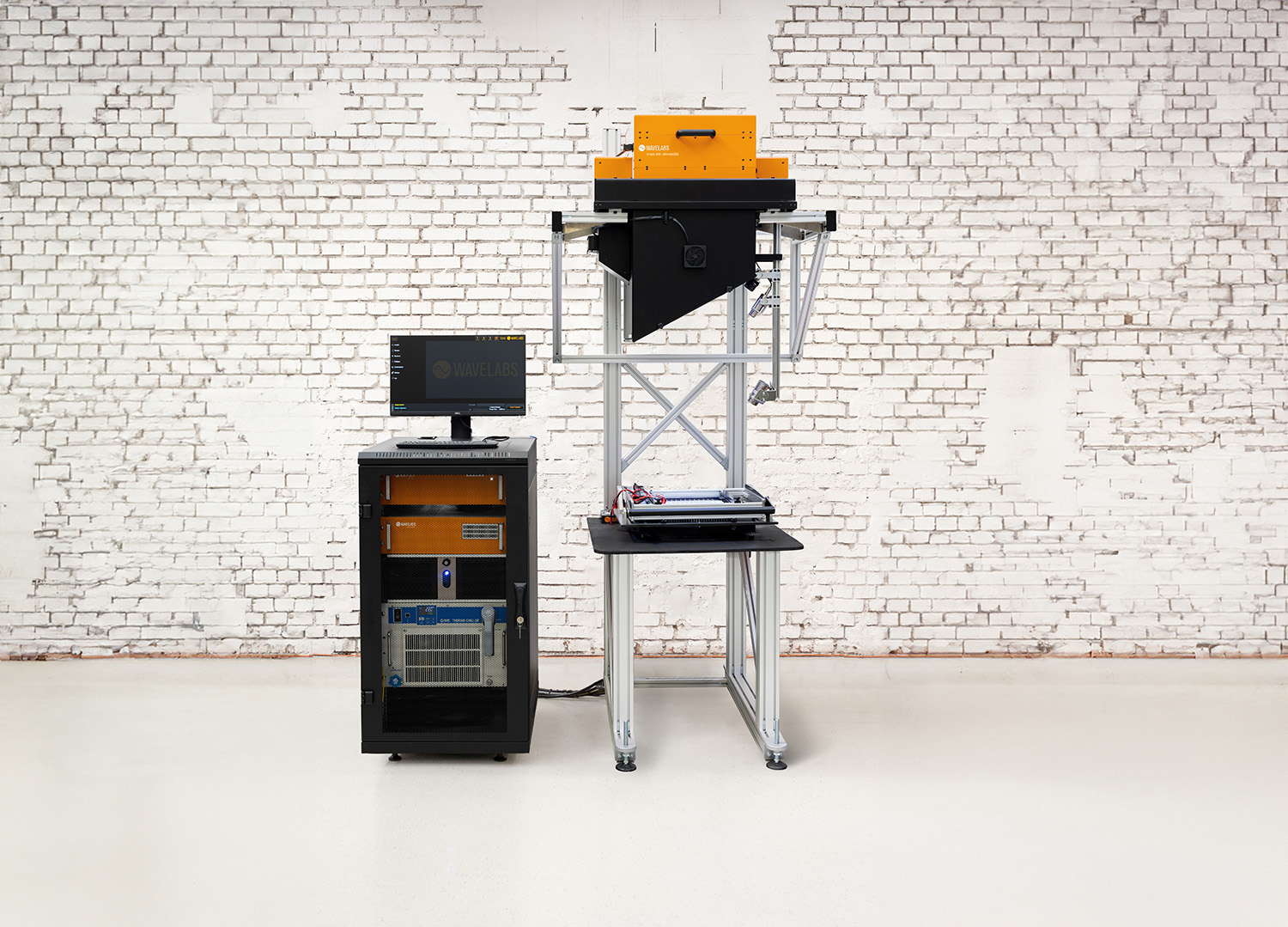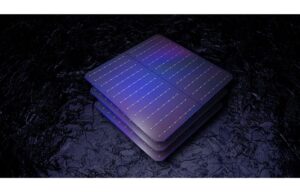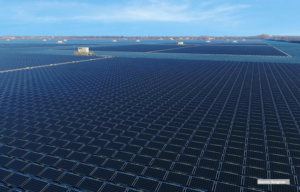- WAVELABS has launched its brand new LED-based SINUS-430 ADVANCED sun simulator for lab-scale thin-film or perovskite cell characterization
- Along with single-tunable LEDs, the tool’s light source has a standard class of more than A+A+A+ (IEC 60904-9)
- In addition to standard I-V measurement, the tool can also characterize EL, PL, and IR imaging of the target cell
German solar metrology solution provider WAVELABS officially introduced its latest SINUS-430 ADVANCED LED-based sun-simulator model at the Intersolar Europe 2024 event in Munich. The brand-new model is compatible with the characterization of thin-film or perovskite tandem cell technology route in R&D scale or mini-module format, shares the company.
This new LED-based sun-simulator’s major features can be characterized in multiple metrics.
The SINUS-430 ADVANCED tool offers a customizable spectrum of emitted light in the desired range and wavelengths of different intensities by single-tunable LEDs, explains WAVELABS. In single tunable LEDs, each LED can be tuned to change its output within certain wavelengths of light to fine-tune the overall light spectrum and offer endless R&D possibilities. The company’s latest model claims to have achieved more than class A+A+A+ (IEC 60904-9) light source device standard, indicating highly accurate spectral match with ideal solar spectrum, excellent spatial uniformity across the entire testing area of 306 x 306 mm, and superior temporal stability of light intensity. The tool ensures each measurement is highly precise and reliable with its < 1% variation in the light spectrum across the illuminated area or < 1% spectral non-uniformity, suitable for use in scientific research activity. In addition to the flexibility to operate over a variety of light exposure durations, the device can provide a constant light source without interruption, says the tool maker. The tool’s compatibility with the tandem cell structure is substantiated by its 25+ different LED channel designs, each capable of emitting light at different wavelengths for fine-tuning the light spectrum to match specific requirements of different sub-cells of tandem structure. In addition, it also has a special current mismatch tuning feature that minimizes or corrects current mismatch between the sub-cells in a tandem solar cell to precisely adjust the light spectrum. The tool’s long-term stability of defined spectrum is attributable to its inbuilt spectrometer and intensity sensor with a continuous automated feedback loop, shared by WAVELABS. Alongside the accurate I-V measurement, the tool possesses other characterization capabilities like electroluminescence (EL), photoluminescence (PL), and infrared imaging. On request, the cell’s External Quantum Efficiency (EQE) measurement feature can also be integrated into the tool.
Alongside the latest SINUS-430 ADVANCED mini-module tester, WAVELABS is also displaying its SINUS-3000 PRO and SINUS-3000 ADVANCED at the event. The SINUS-3000 ADVANCED is suitable for the demanding research of modules based on multi-junction technology like perovskite-silicon tandem (PST) or other novel materials.




